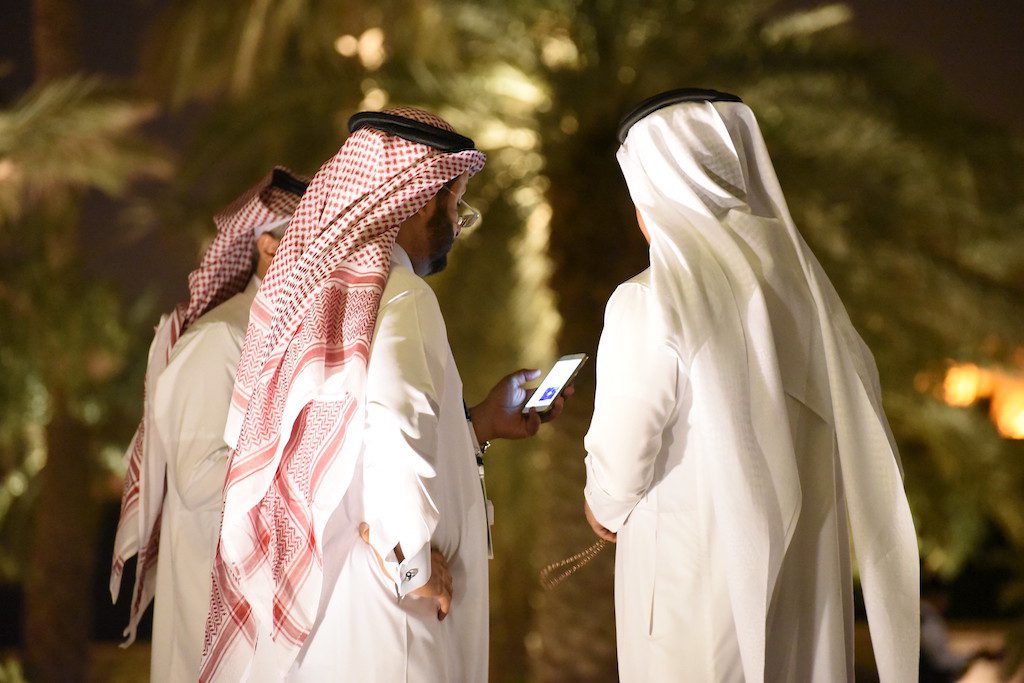Skift Take
Saudi Arabia certainly put a lot of thought and money into its latest promotional pitch ahead of a rumored e-visa scheme. But it takes more than drone shots to kick off a successful tourism marketing strategy — clarity in message matters too.
As tourism marketing content goes, it was the glossy kind: On Sept. 14, Saudi Arabia began circulating a slick, drone-footage filled video entitled “Where in the World” on social media and on a dedicated webpage.
Sometime earlier in September, it also began tweeting from several region-specific Twitter accounts — including those aimed at American, Japanese, British, and Chinese followers — many of which directed to an Instagram account with the same name and branding.
Where in the world could this be?
Be the first to visit an exciting, new destination. Get ready to see the unseen.#whereintheworldhttps://t.co/DO6aJ1VaKy pic.twitter.com/FJfLk4S6ZD— زيارة السعودية | Visit Saudi (@Visit_Saudi) September 14, 2019
Media reports surrounding the Where In the World campaign said the Kingdom was ramping up to announce its tourism e-visa available to 50 countries, to be launched in a glitzy VIP ceremony on Sept. 27. Historically, visas to travel to Saudi Arabia have been issued only to those traveling for religious purposes, but now Saudi Arabia is keen to ramp up its tourism industry. The effort is part of Crown Prince Mohammed bin Salman’s Vision 2030 to diversify the kingdom away from oil revenue.
The trouble is the Kingdom seemed initially unwilling to verify what, if any, of the new e-visa program is actually true. Nor has it appeared to think about the communications strategy behind this launch beyond an undeniably Instagrammable video.
An unnamed government source cited by Bloomberg seemed to disavow the Sept. 27 launch, saying no date have been set. On Sept. 12, at the UN World Tourism Organization General Assembly in St Petersburg, Russia, Ahmed Al Khatib, chairman of the board of directors of the Saudi Commission for Tourism and National Heritage, was quoted by numerous outlets as saying that the tourist visas would be rolled out before the end of the year.
When Skift reached Saudi Arabian Tourism Contact Center by phone on Wednesday — which is a project run by the government’s tourism and heritage commission — it said it “has no information about the new tourist visa” and that no date had been set. Initial attempts to reach the commission by phone and email to further verify this went unanswered. On Thursday, after this story was first published, a press release announced that an event in Riyadh on Sept. 27 would indeed go ahead and announce the details of the e-visa regime.
It’s not just the official communications and launch date, the digital rollout was a bit of a mess as well. In their account URL field, all the aforementioned Twitter accounts (as well as Visit Saudi Arabia’s main Twitter account) link to an Instagram account that has posts going back to May. However, the URL listed there (visit-saudi.net) is a dead link. Meanwhile, the aforementioned whereintheworld.co provides no information beyond the campaign video. Not particularly helpful for would-be travelers looking to social media to plan a trip.
Elsewhere on the internet, there is a page promoting the e-visas — which ranks first in Google search results — but it is not clear if the commission owns this page and the information is sanctioned by them, or is operated by a third party. It seems strange to offer a link to an application before you’ve even confirmed when it will launch. If it’s unauthorized, its prime Google placement is sure to cause confusion.
And then there’s the optics. That the prospect of opening up to tourists would be met with sharply raised eyebrows given Saudi Arabia’s extremely poor human rights record — as well as its ban on alcohol and oppressive codes of conduct for women — should have been anticipated by the Kingdom’s strategists. (And indeed, that was the case online, with plenty of critiques coming in response.) Then, in a stroke of bad luck that no one could have predicted, the launch of the video also came the same day Saudi Arabia was in the headlines for the attack on two of the nation’s largest crude oil-producing plants. A coincidence, to be sure, but not one that jibes well with the image the campaign was trying to evoke.
That Saudi Arabia is keen to ramp up its tourism industry is not in question. What is, however, is when these new tourist visas will happen and who they will be open to. Even after several days of reporting, Skift was unable to clear it up.
Even at the best of times, the job of tourism marketing is a delicate one. Push too hard, and a destination will begin to feel akin to a pre-packaged all-inclusive resort, unlikely to lure travelers seeking off the beaten track mystique and buzz. Fail to market it enough, and it will be defined by stereotypes and negative news headlines — and it’s plain to see that Saudi Arabia certainly has plenty of the latter working against it.
While the Kingdom seemed to have succeeded in creating a content strategy and aesthetic that feels at home next to Western Instagram influencers, the actual rollout seems to have been carried out with little online or PR know-how. The lesson here is simple: Don’t invite people over for a house party if you haven’t yet bought any chairs.
UPDATED: This story was updated to confirm that the launch event for the e-visas would go forward on on Sept. 27, where more details will be announced.
Middle East Travel Roundup
Get the latest news from the Middle East in one easy-to-digest newsletter.
Have a confidential tip for Skift? Get in touch
Tags: saudi arabia, tourism, tourism marketing
Photo credit: Saudi Arabia rolled out its tourism campaign on social media. In real life, though, things were confusing. Stephen Downes / Flickr
